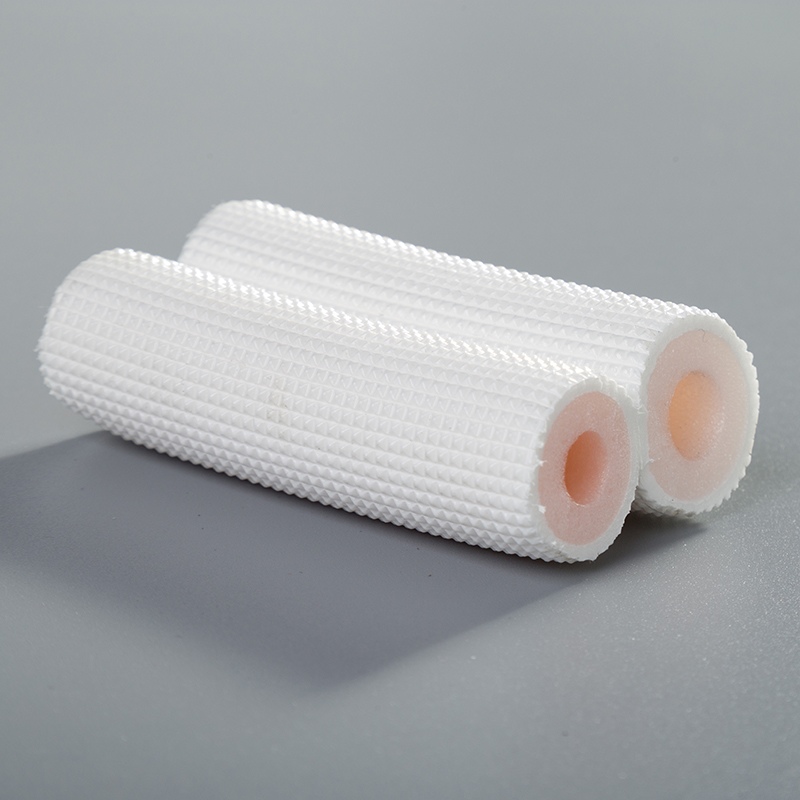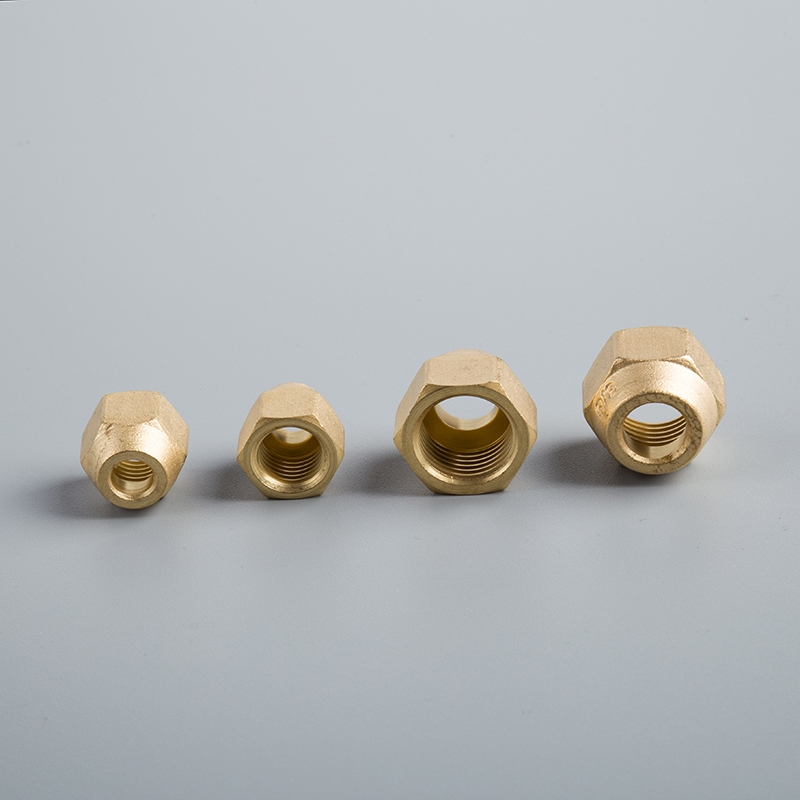Steps to Braze Copper Pipes in AC Systems
Steps to braze copper pipes in air conditioning systems
Proper brazing in AC systems is crucial for ensuring the longevity and efficiency of the system. Understanding the brazing process is essential to create strong, leak-free connections that withstand the test of time. Safety precautions and having the necessary tools at hand are paramount before embarking on any brazing task. By following a systematic approach and being well-prepared, individuals can tackle copper pipe brazing with confidence and precision.
Preparation

Cutting the Copper Pipe
Measuring the pipe
Measure the length of the copper pipe accurately to ensure a precise cut.
Use a measuring tape or ruler for an exact measurement without any guesswork.
Using a pipe cutter
Employ a pipe cutter to make clean and straight cuts on the copper pipe.
Rotate the cutter around the pipe, gradually tightening it with each turn until the pipe is neatly severed.
Cleaning the Copper Pipe
Removing oxidation
Eliminate any oxidation present on the surface of the copper pipe using a suitable cleaning agent.
Ensure that the surface is free from any contaminants that could hinder proper brazing.
Using a wire brush or emery cloth
Utilize a wire brush or emery cloth to scrub away any stubborn debris or corrosion from both inside and outside of the copper pipe.
Clean until the metal shines, indicating a pristine surface ready for brazing.
Assembling the Joint
Fitting the pipes together
Align and fit the cleaned copper pipes snugly into their respective fittings, ensuring no gaps or misalignment.
A tight fit is essential for a successful brazing process and long-lasting connection.
Ensuring a snug fit
Confirm that there are no visible spaces between the pipes and fittings, guaranteeing a secure joint during brazing.
Proper alignment enhances efficiency and reduces chances of leaks in the AC system post-brazing process.
Brazing Process

Setting Up the Work Area
To begin the brazing process, Steps to braze copper pipes in air conditioning systems must ensure proper ventilation in the work area. Adequate airflow is crucial for safety and optimal performance during brazing tasks. Next, arrange all necessary tools and materials within reach to streamline the process efficiently.
Fluxing the Joint
Understanding the importance of flux is key to successful brazing. Steps to braze copper pipes in air conditioning systems should acknowledge that flux plays a vital role in absorbing oxides formed during heating and facilitating the flow of filler metal. Apply flux generously to the parts being joined to enhance the brazing outcome.
Heating the Joint
Utilize a torch as the primary heat source for brazing tasks. Adjust the torch flame to achieve the required intensity for melting the filler metal effectively. Ensure that heat is applied evenly across the joint area to promote uniform bonding between components.
Applying the Filler Metal
When brazing copper pipes in air conditioning systems, selecting the appropriate filler metal is a critical step. The right filler metal ensures a strong and durable bond between the components.
Choosing the right filler metal
Begin by examining the specifications of the materials being joined. Consider factors such as compatibility, melting point, and strength requirements. Choosing a filler metal that complements the base metals will enhance the overall integrity of the connection.
Melting the filler metal into the joint
Once you have selected the ideal filler metal, it's time to melt it into the joint. Apply heat evenly to facilitate the melting process, ensuring that the filler material flows smoothly into any gaps between the components. Melting the filler metal effectively creates a seamless connection that can withstand pressure and temperature variations.
Final Steps
Cooling the Joint
To ensure a successful brazing outcome, it is essential to allow the joint to cool naturally after the brazing process. Rapid cooling can compromise the integrity of the connection and lead to potential leaks or weak bonds. By letting the joint cool at its own pace, Steps to braze copper pipes in air conditioning systems can guarantee a solid and durable connection that withstands the rigors of AC system operation.
Inspecting the Joint
Checking for leaks is a critical step post-brazing. A thorough inspection of the joint ensures that there are no gaps or imperfections that could result in refrigerant leakage. By meticulously examining every inch of the connection, individuals can identify any potential issues and address them promptly. This meticulous inspection process guarantees a strong bond between components and enhances the overall efficiency of the AC system.
Cleaning the Joint
After completing the brazing process, removing excess flux is vital to maintain a clean and professional finish. Excess flux residue can lead to corrosion over time if left unchecked. By diligently cleaning the joint using appropriate methods, such as wiping with a clean cloth or using a mild cleaning solution, Steps to braze copper pipes in air conditioning systems can ensure that their workmanship remains top-notch. Polishing the joint adds a final touch, enhancing not only its appearance but also its longevity within the AC system setup.
Benefits of Proper Brazing
Longevity of the connection
Powder: The filler takes the form of dry, spherical particles. Each particle contains the elements making up the alloy in the proper proportion.
Paste: A paste combines alloy powders with a neutral binder to create a filler that can be extruded into a joint. Binders may be water or an organic compound and can affect the drying time of brazed joints.
Improved efficiency of the AC system
Nickel Brazing Flux: Nickel Brazing Flux works on stainless steels and alloys high in chromium, aluminum, and titanium. It also works on non-stainless steels. Brazing can be done by oxyacetylene torch. The Nickel Brazing Flux and Nickel filler metals (powdered with flux, or filler metal in rod form) depends on the nature of the job.
Brazing Filler Metal: Brazing is a process by which two metals are joined together. During the brazing process, a filler metal, which is otherwise referred to as a solder, is brought to a liquidus temperature that is greater than 840 °F (450 °C). Throughout this entire process, the joining metals remain protected by a suitable atmosphere, such as a flux.
Recapping the meticulous steps of cutting, cleaning, and assembling copper pipes highlights the precision required for successful brazing. Each step plays a crucial role in ensuring leak-free connections that stand the test of time. Emphasizing the significance of proper preparation and execution underscores the importance of attention to detail in every aspect of the brazing process. Encouraging consistent practice and adherence to safety guidelines fosters a culture of excellence in AC system maintenance. Remember, mastering these steps leads to durable connections and efficient cooling systems.
See Also
Effortless Guide: Mounting HVAC Copper Tubing Like a Pro
Exploring the Wonders of Copper Tubing in HVAC Units
Comprehensive Tutorial: Repairing HVAC Copper Tubing Holes
Basic Guide: Soldering a Copper Pipe for Novices
5 Simple Steps for Connecting Compression Fittings to Curved Copper Pipes


